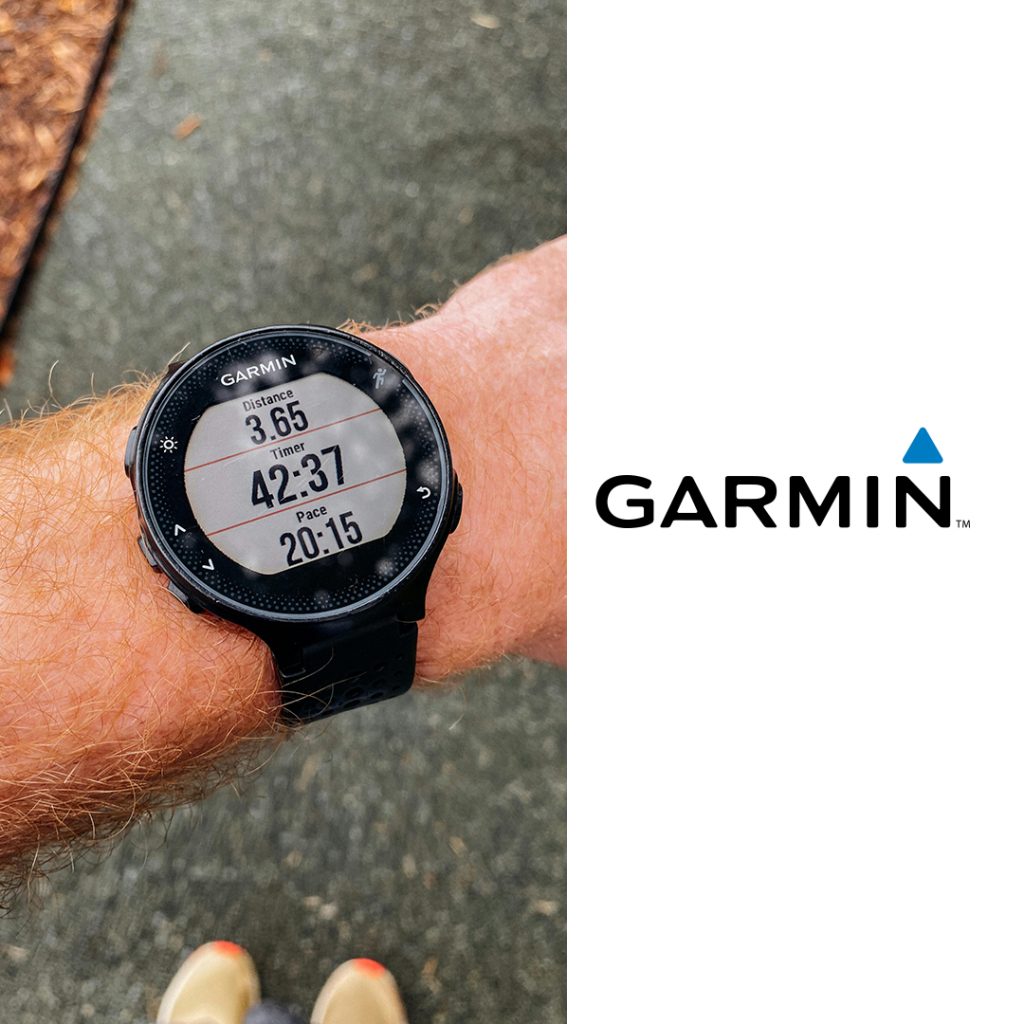Fitness Wearables: Bridging the Gap with Healthcare
Wearables like Garmin’s fitness trackers are transforming healthcare by monitoring not just workouts but essential health metrics such as heart rate and oxygen levels. These devices provide real-time health insights that extend far beyond fitness.
Remote Monitoring for Better Health
A significant advantage of wearables is remote health monitoring. Patients with chronic conditions like hypertension can share live data with healthcare professionals, allowing early intervention and reducing hospital visits.
Empowering Individuals with Health Data
Fitness wearables empower individuals by giving them control over their health data. From tracking daily activities to monitoring stress, these devices encourage healthier lifestyles and informed medical conversations.
Preventative Care and Early Detection
One of the most important applications of wearables is their role in preventative healthcare. By catching irregularities in vital signs, wearables help detect issues early, preventing serious health problems down the line.
Improved Patient Outcomes with Integrated Data
Wearables allow healthcare professionals to create personalized treatment plans based on the continuous data wearers provide. This integration of fitness and health data can significantly improve patient outcomes, especially in chronic disease management.
From Fitness to Full Wellness
While initially aimed at fitness enthusiasts, wearables are now being used by a much broader audience for overall wellness. Garmin’s devices, for example, track sleep, stress, and recovery, providing users with holistic health insights.
The Future of Healthcare and Wearables
As wearables become more advanced, they will continue to shape the future of healthcare. Integrating these devices into mainstream medical care could lead to a more connected, efficient healthcare system where data-driven wellness becomes the norm.


